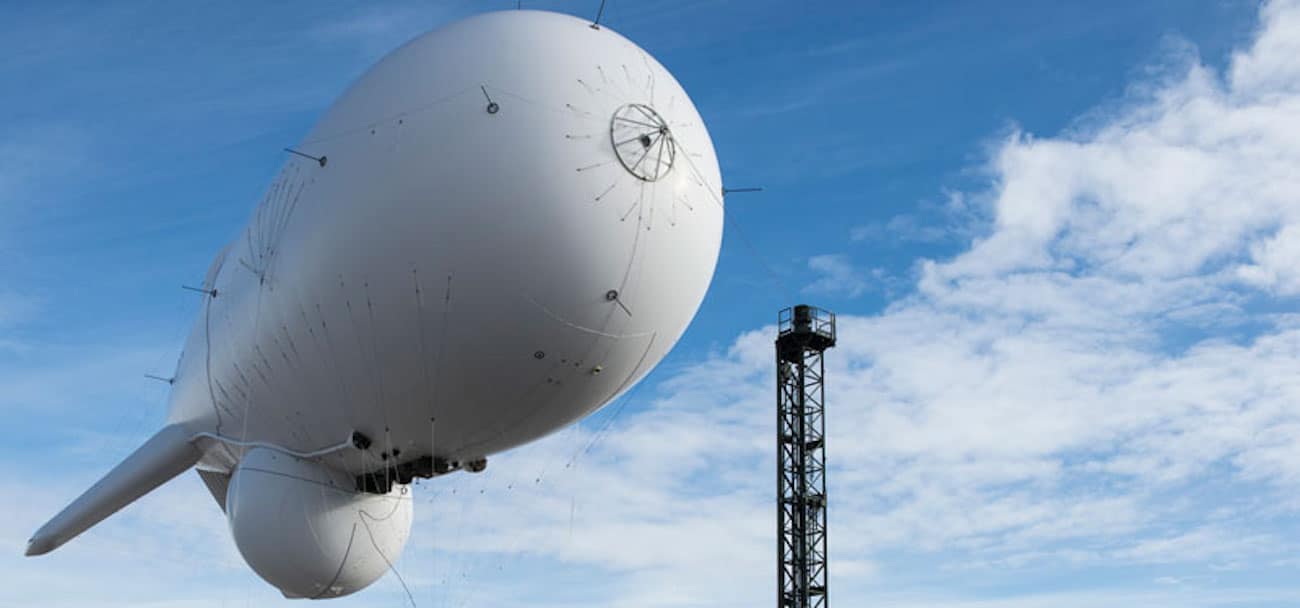Missile defense is not just about ballistic missiles. The wider problem of integrated air and missile defense, to include cruise missiles, has received growing attention in recent years. Last May, for instance, then-Vice Chair of the Joint Chiefs of Staff Admiral James A. Winnefeld remarked that “homeland cruise missile defense is shifting above regional ballistic missile defense, in my mind, as far as importance goes.”
The attempt to design and field an architecture to detect and track cruise missiles, however, has proven challenging, as seen with the recent history of the cruise-missile detecting Joint Land Attack Cruise Missile Defense Elevated Netted Sensor System (JLENS). There are alternatives for the mission, such as with a fleet of AWACS E-3 aircraft, but manned systems lack the same range and have higher operating cost than a persistent and tethered radar.
The JLENS program’s recent history exemplifies both the political and strategic demand for the capability, but also technical and political challenges. Whatever the ultimate fate of JLENS, the cruise missile threat and the need to address it remains an ongoing concern.
Read the CSIS white paper here.
